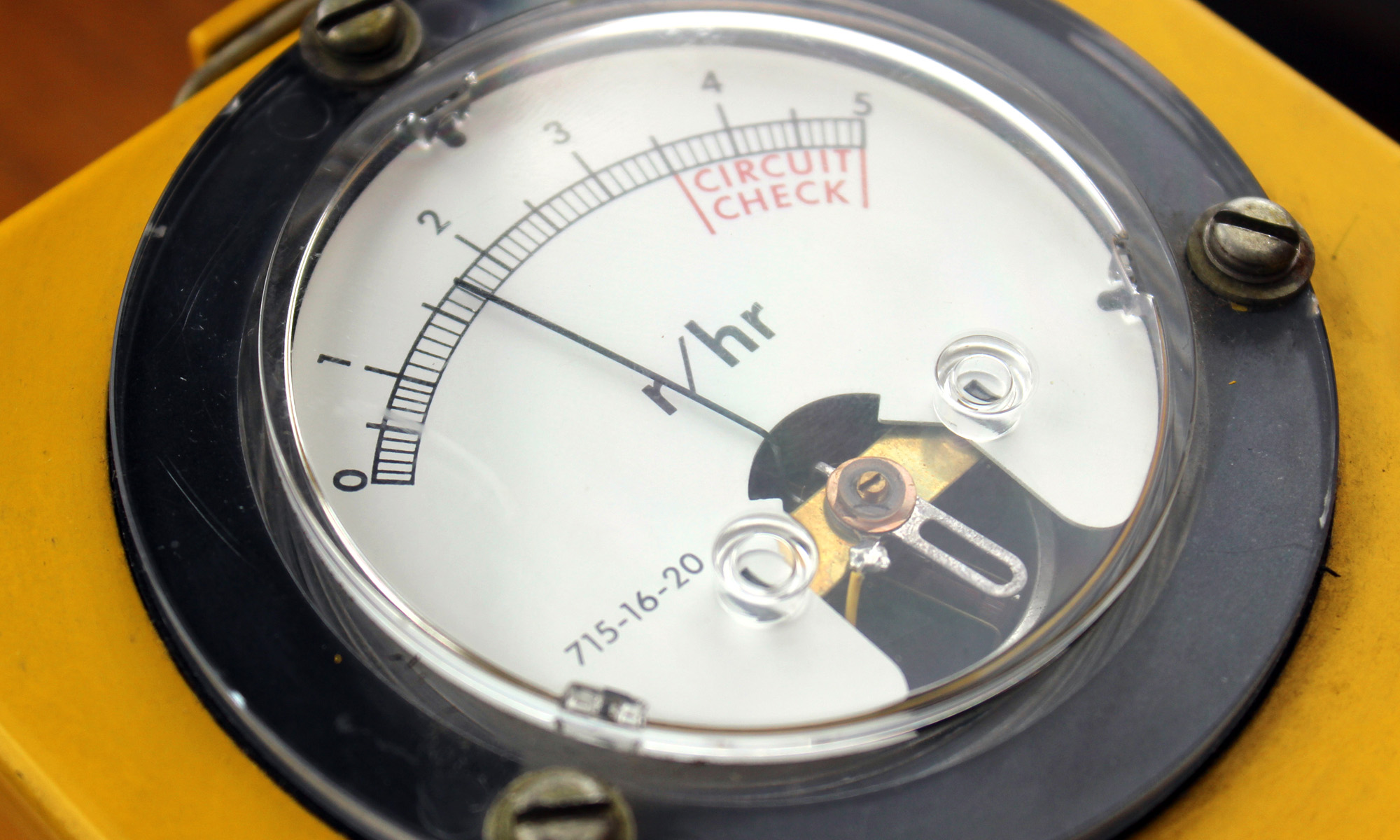A substantial amount of the funding for the Reinventing Civil Defense Project is earmarked for sub-projects that will help to increase our understanding of the possibilities of raising nuclear salience.

The form of these projects is intentionally vague. A few of the ideas suggested in our original funding proposal include:
- A virtual-reality experience for understanding the scale and scope of nuclear weapons
- Targeted histories of the American and Soviet Civil Defense experiences, with a focus on their successes and failures at raising salience
- A meta-review paper of the psychological/sociological literature on how messaging and training changes risk awareness and perception over the long-term
- Explorations into the mediums of theater, graphic novels, video games, etc., as a means of raising nuclear salience
These are meant to be suggestive of the breadth of the scope we are interested in. These projects would have to be “completed” to some degree on a relatively short (in most cases, under 1 year) timescale, and so many of these may only be projects to create “suggestive prototypes” that we can use in our workshops and discussions.
If you are interested, please click here to read the full Request for Proposals. Note that submissions are due by 5:00PM EST on Friday, October 20, 2017. We have tried to intentionally keep the amount of application materials to a minimum. Funding decisions will be made by our Advisory Committee.
If you have questions, please contact reinventingcivildefense@gmail.com; we are happy to give more information and clarify anything that is unclear here.
Applicants need not be academics, or in or affiliated with academic institutions.
Please also note that we have added a “subscription” widget for our News feed. This will send you e-mail updates whenever a post like this is published; it will not be used for any other form of communication, and can be unsubscribed to at any time (it is a service of WordPress.com).


You must be logged in to post a comment.